Reflective Doc
Unit 1:
For unit 1 I created a series of 3D posters prompted by a New York Times article about microwave weapons being used to target US embassy workers in Cuba. Looking back on this assignemnt I was really intrigued by the translation of the collage elements to the 3D compositions.
For unit 1 I created a series of 3D posters prompted by a New York Times article about microwave weapons being used to target US embassy workers in Cuba. Looking back on this assignemnt I was really intrigued by the translation of the collage elements to the 3D compositions.
︎︎
I also liked my approach to this assignment because I felt like it had similar themes to other units such as the system assignment. The final poster series turned out really cohesive due the consistant color paletes and design elements such as the grid and line.

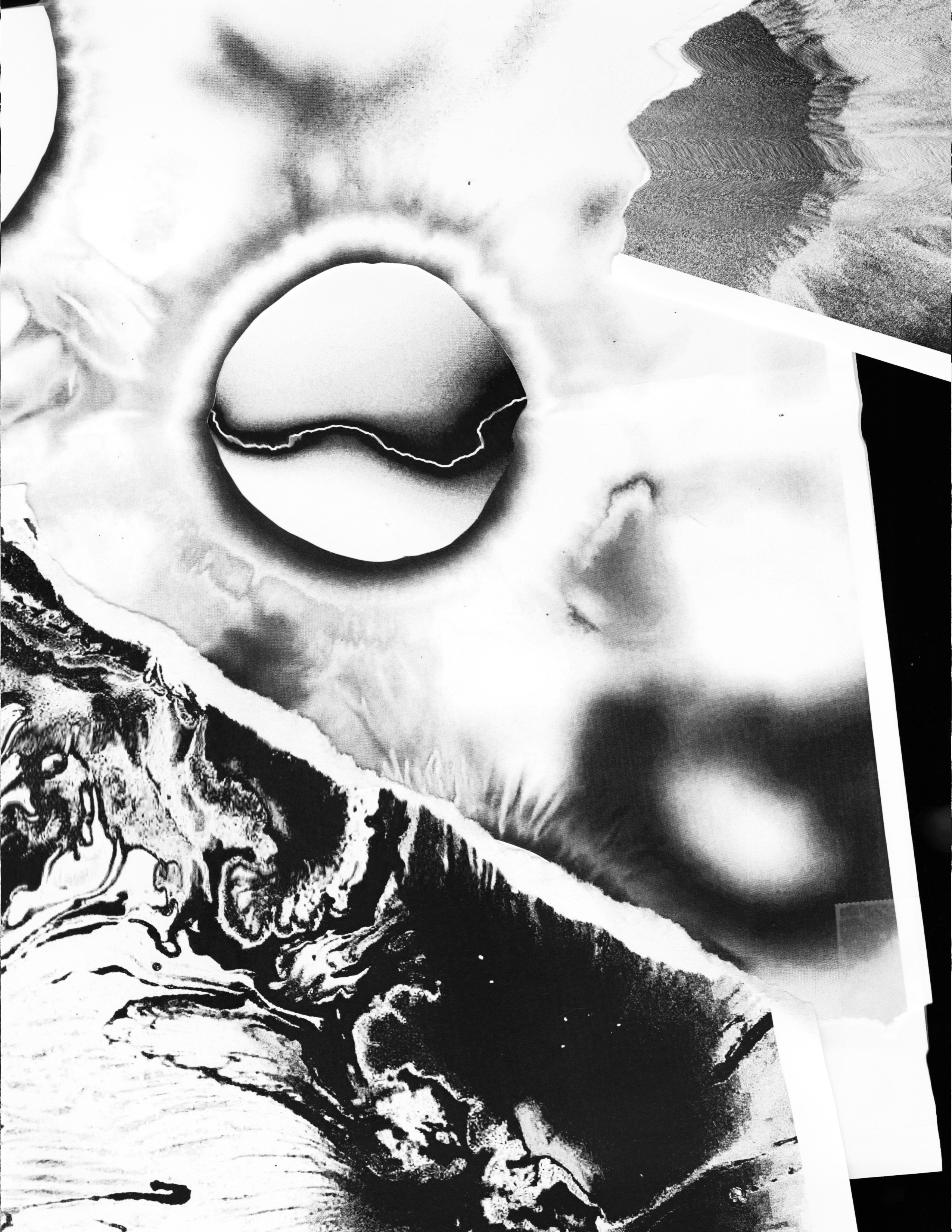
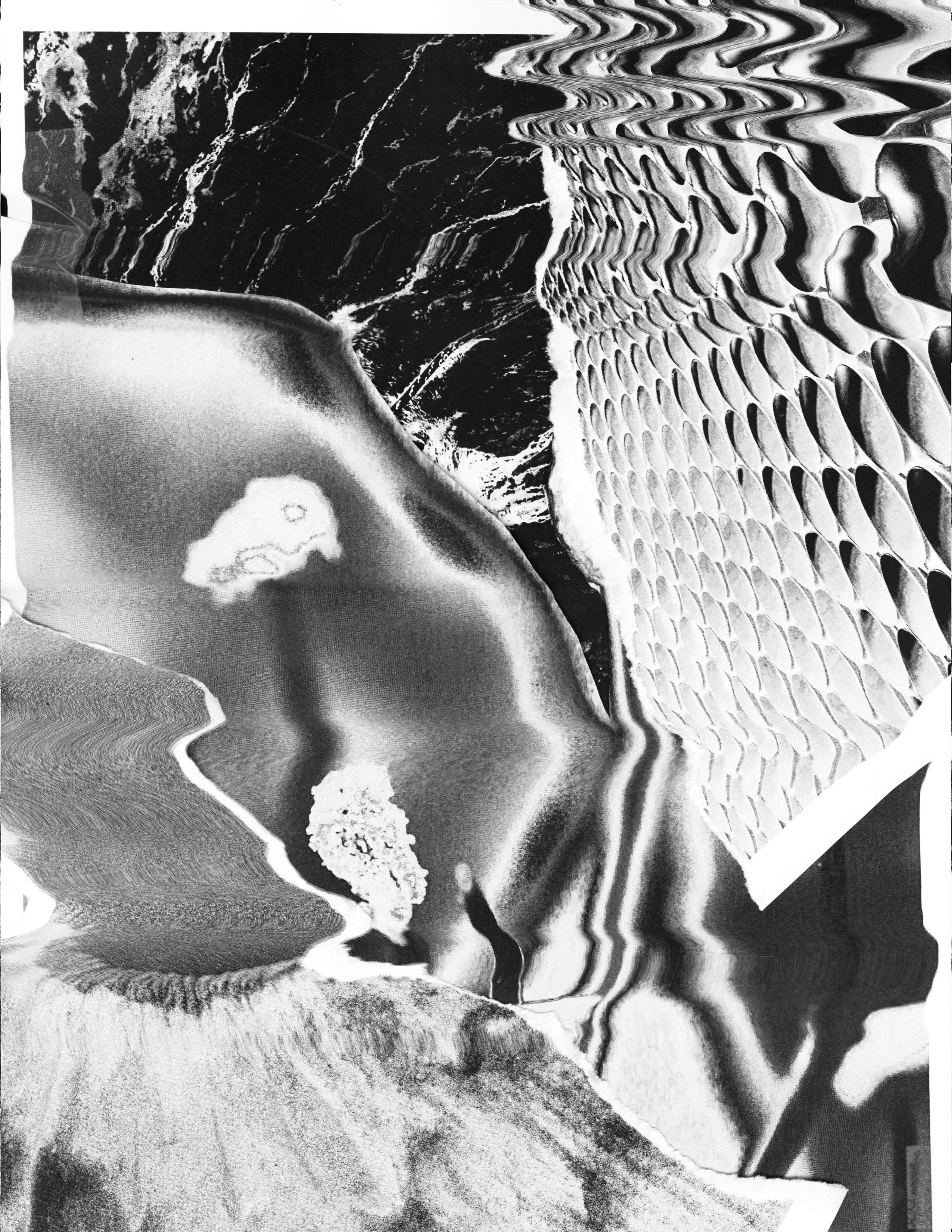
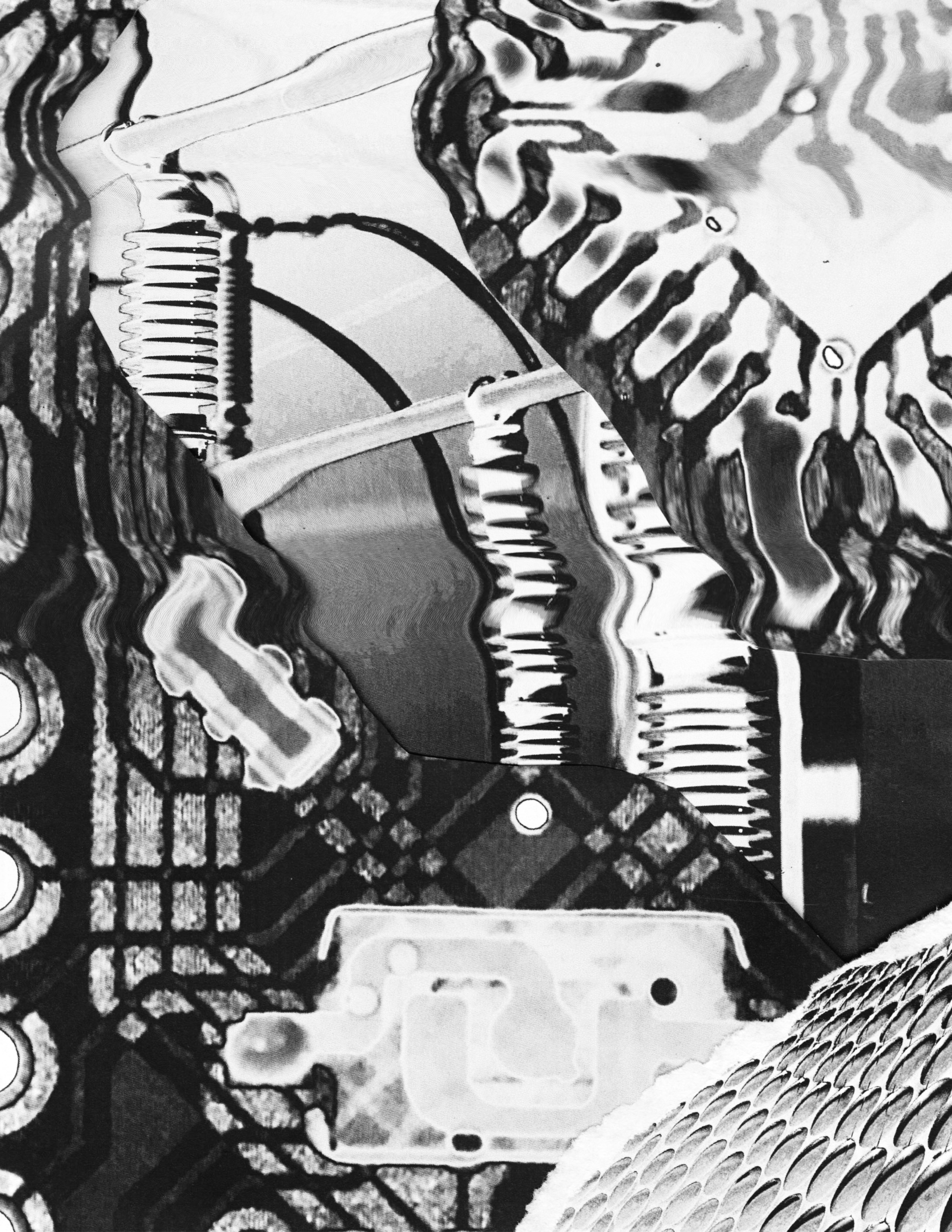

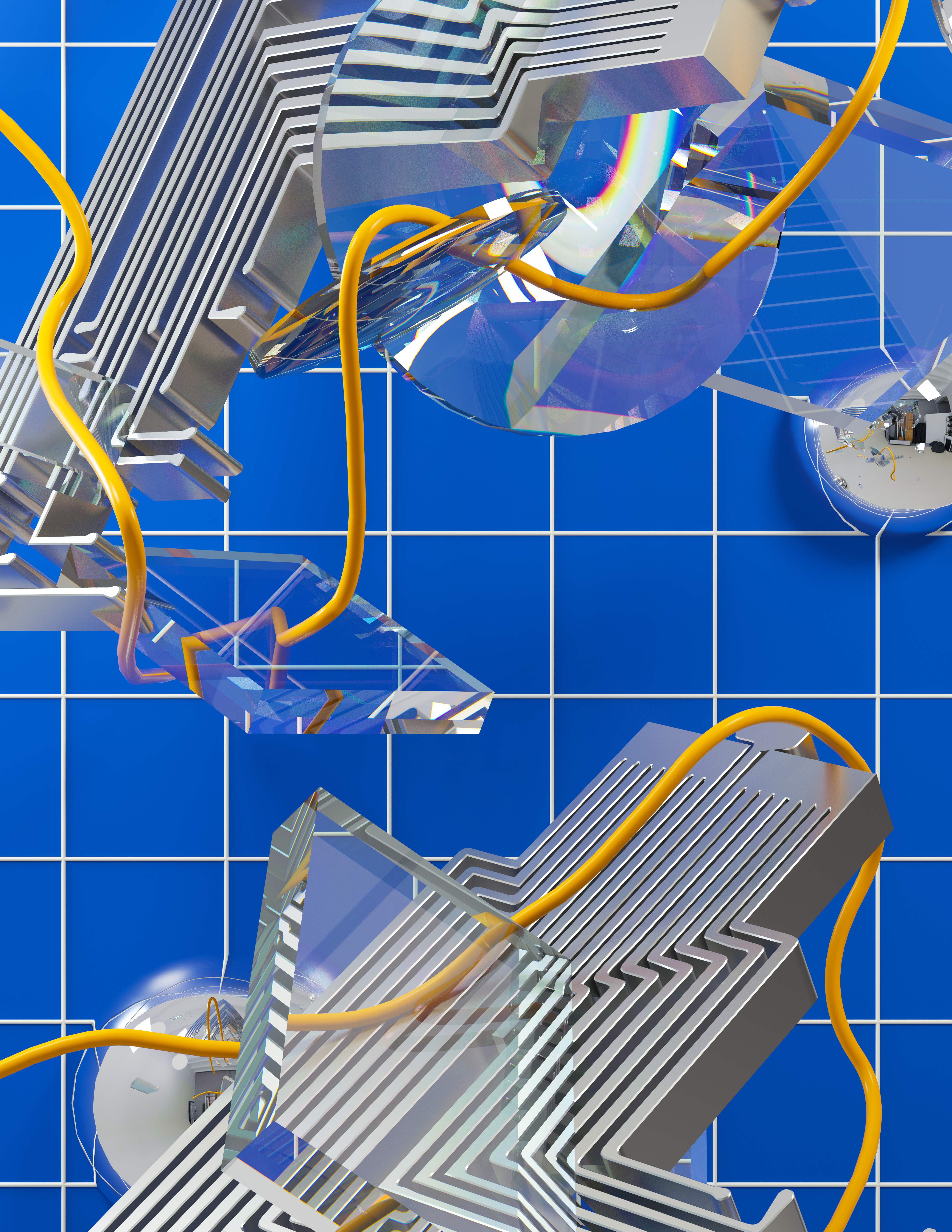
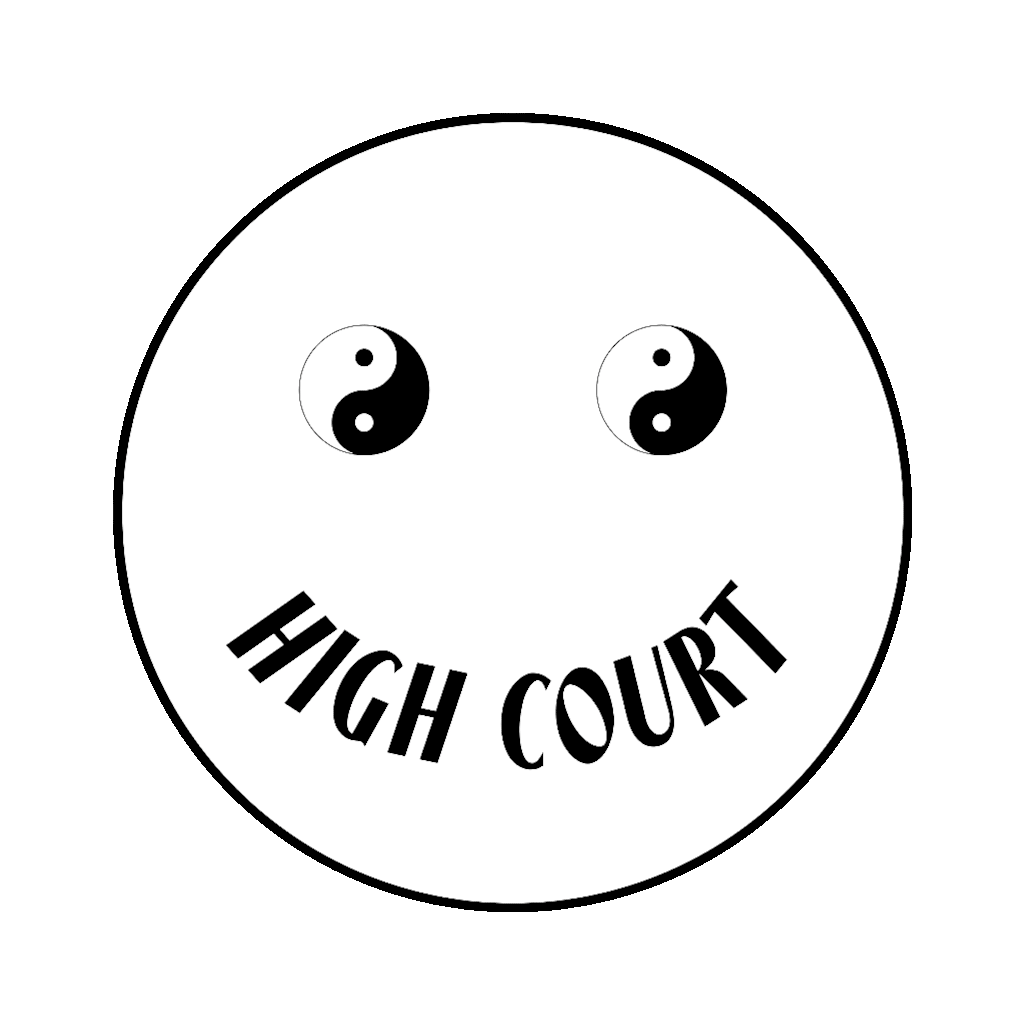
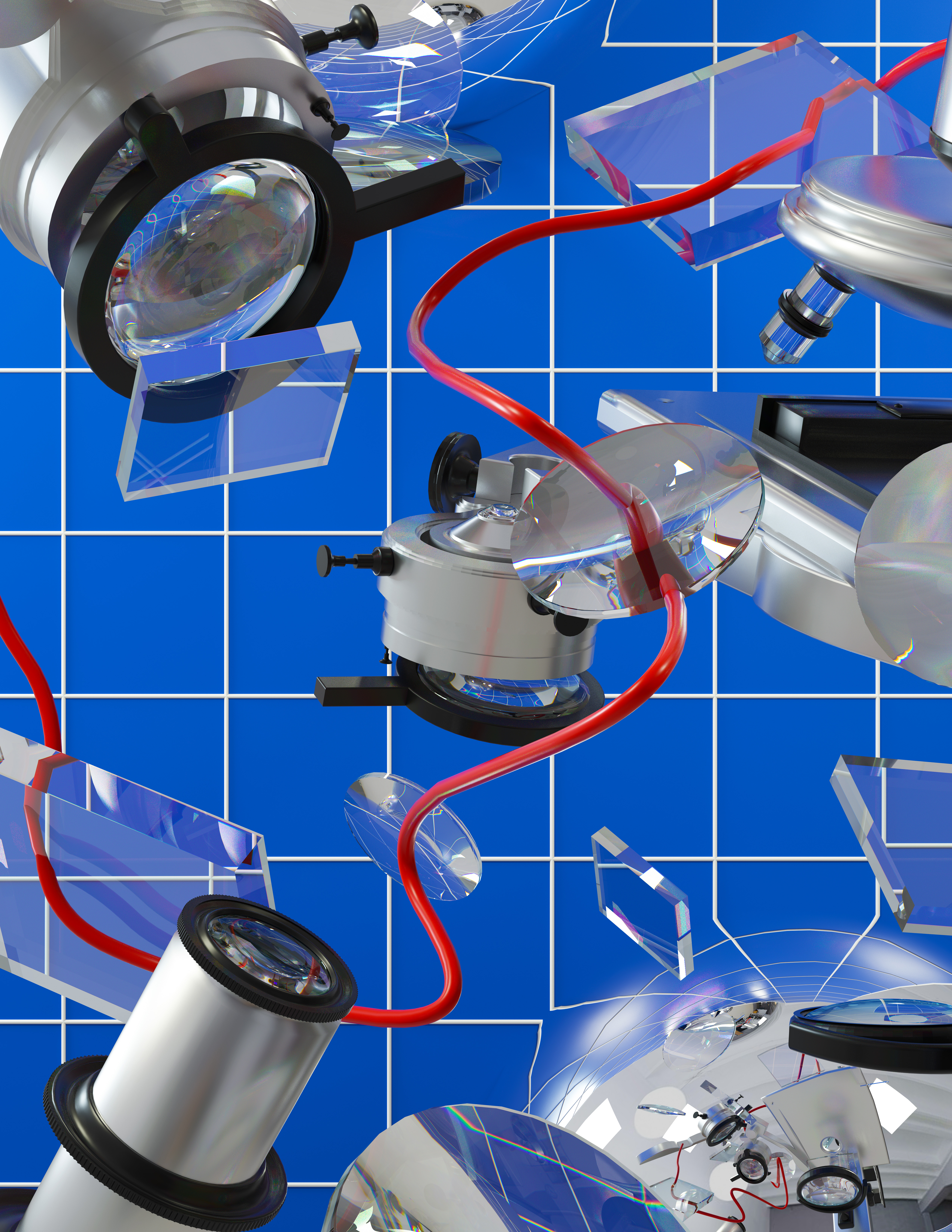



Unit 2: What does it take to get people civicly engaged?
To get people engaged I created a series of motion graphics and stills for an Instagram campaign. The imagery I generated was based on a survey I conducted, the results showed that most youth voters feel like their vote doesn't matter or that issues don't affect them. The graphics I created are visualisations of how every vote really does matter, I did this through trying to really visualise the number of votes because I’m a visual learner. Looking back on this assignment I’m proud of the high volume of motion graphics I created in a pretty short time. These are definately some of the most complex mograph videos I’ve made due to all the dynamics simulations but I’m really glad I was able to create such a broad range of material.
To get people engaged I created a series of motion graphics and stills for an Instagram campaign. The imagery I generated was based on a survey I conducted, the results showed that most youth voters feel like their vote doesn't matter or that issues don't affect them. The graphics I created are visualisations of how every vote really does matter, I did this through trying to really visualise the number of votes because I’m a visual learner. Looking back on this assignment I’m proud of the high volume of motion graphics I created in a pretty short time. These are definately some of the most complex mograph videos I’ve made due to all the dynamics simulations but I’m really glad I was able to create such a broad range of material.
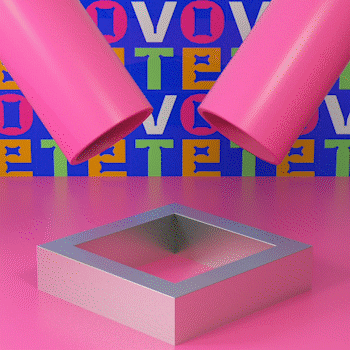
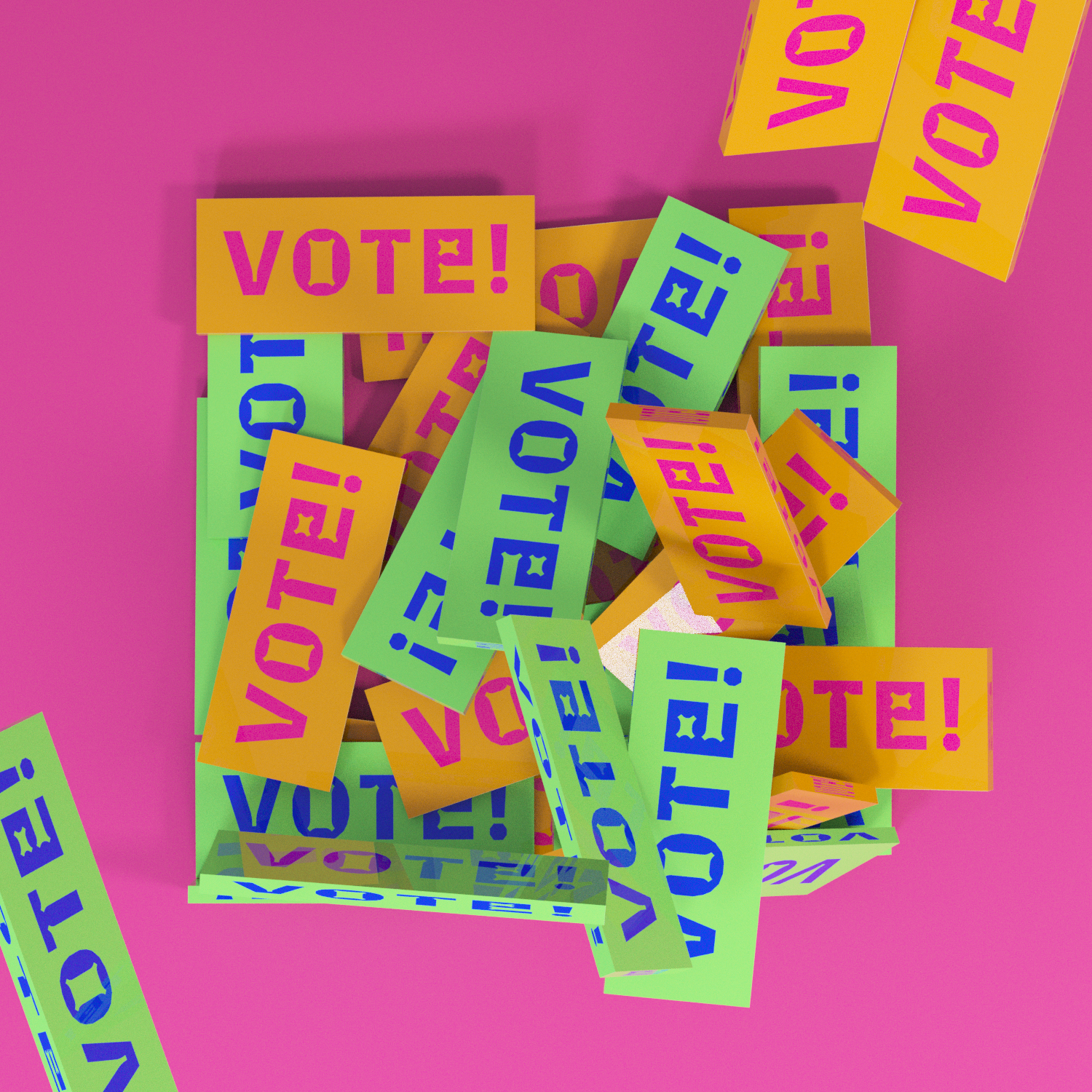
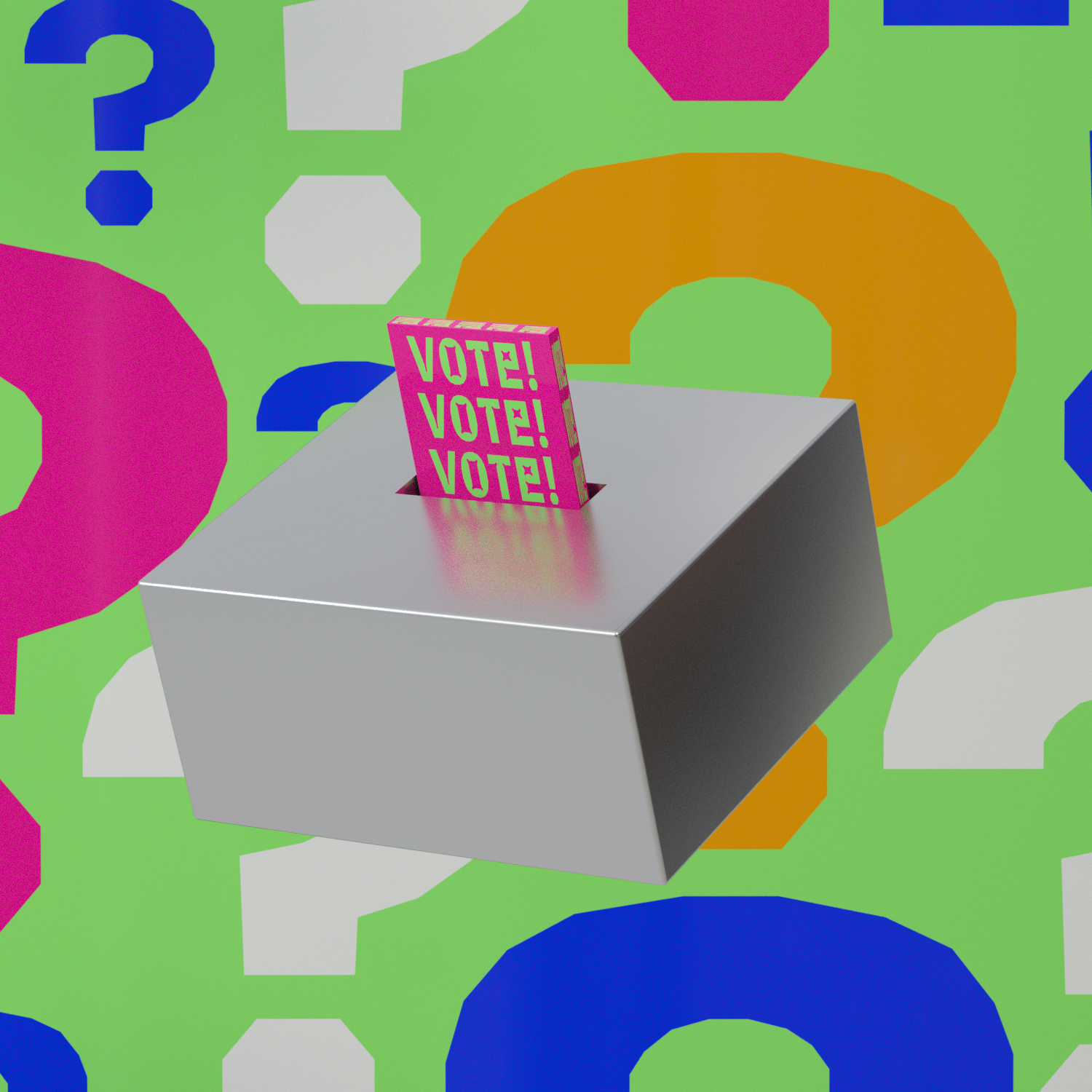
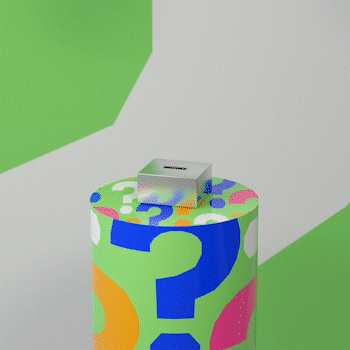


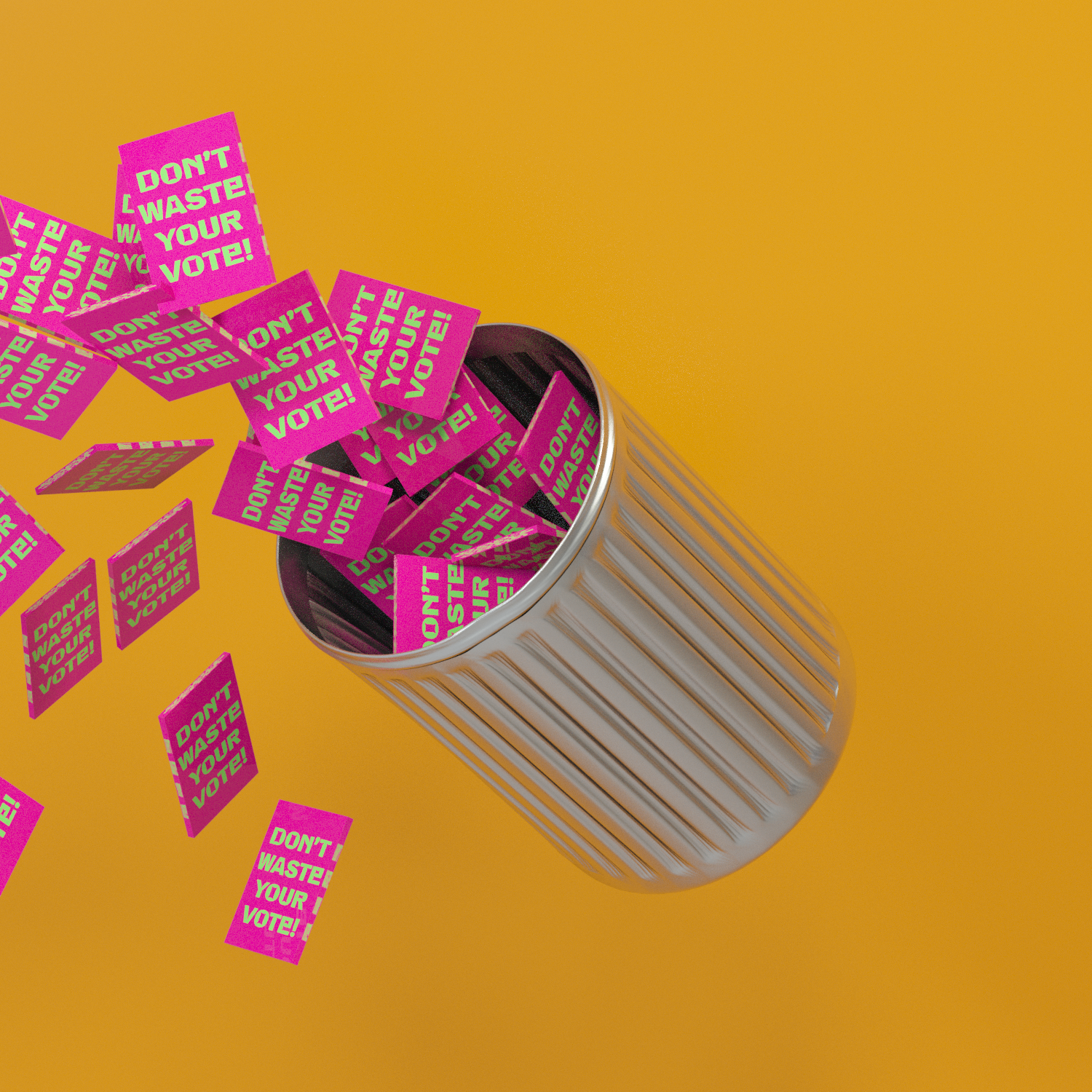
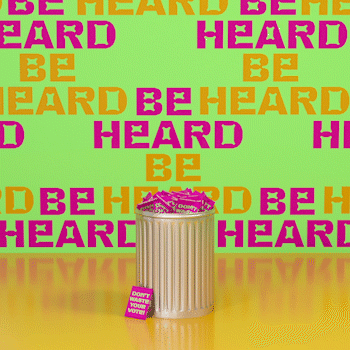
Unit 3: What makes an (effective) visual system?
The following series of posters and gifs were created to be apart of the same visual system based on a set of pre defined rules. The goal of the unit was to learn how to manipulate a visual system to function in variety of different forms. After making the visual system what I think was the most interesting and experimental element of this assignment for me was the varriable typography that played a pretty major role in the visual system. I also also happy with my gif because I feel like it played a really important role in resolving the system and emphasising the importance of cohesive typography tying visuals together.
DS1 SYSTEM RULES:
1. Composition must be 14x20in
2. Composition must be animated with c4d
3. Color scheme must be grey, black, & green + 1 new color
4. Must feautre a 3D photoscaned museum object - no models
5. Must include an animated illusion
6. Typography must use “Salvaje Display” typeface and include relevant type
7. All poster elements, including type must be modular
8. Animation must move in 50 frame increments
9. Animation must loop
1. Composition must be 14x20in
2. Composition must be animated with c4d
3. Color scheme must be grey, black, & green + 1 new color
4. Must feautre a 3D photoscaned museum object - no models
5. Must include an animated illusion
6. Typography must use “Salvaje Display” typeface and include relevant type
7. All poster elements, including type must be modular
8. Animation must move in 50 frame increments
9. Animation must loop
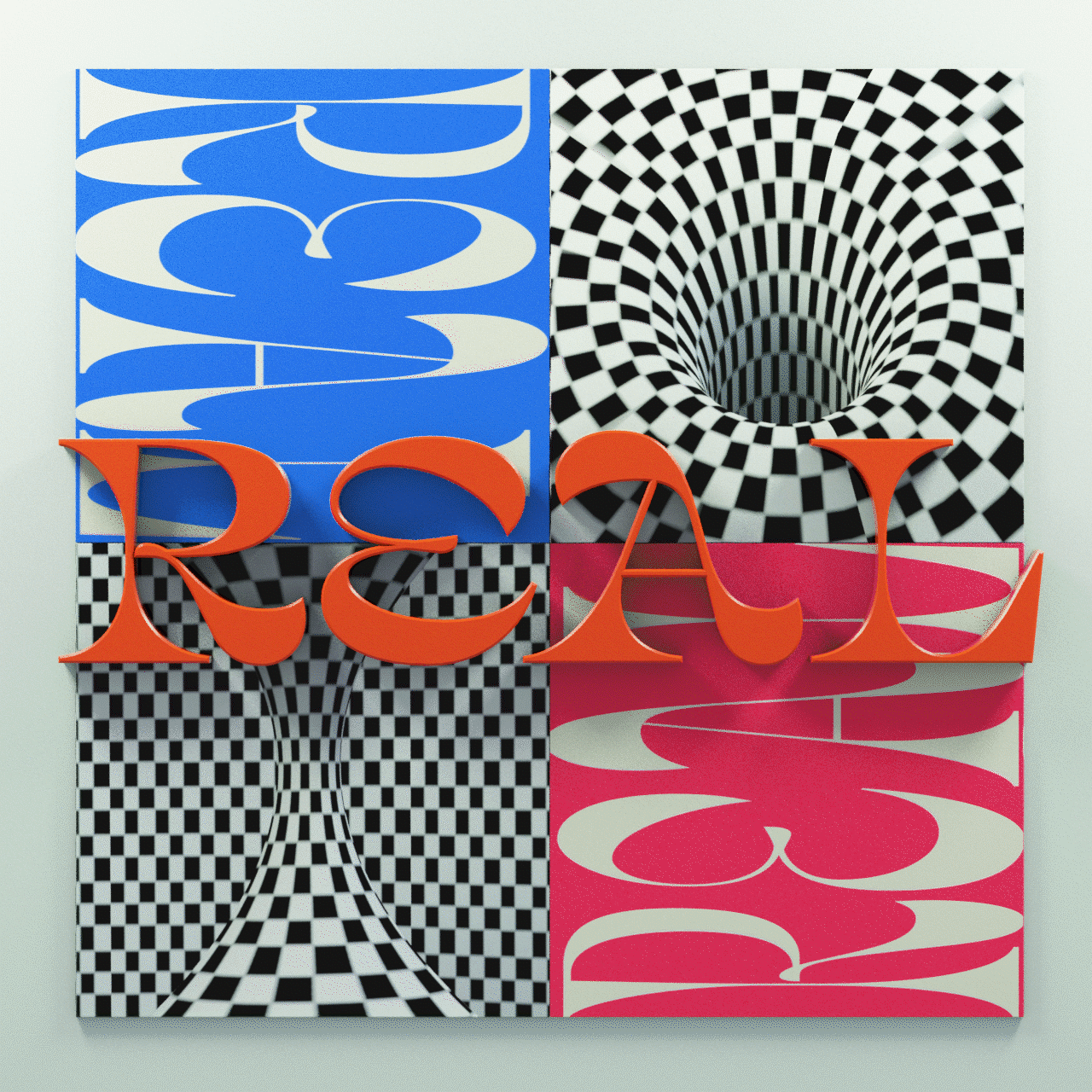



Unit 4: How do we develop a visual method that resists creative reductionism?
Unit 4 was definately where I encountered the most challenges this semester, the group structure of the assignment pushed me to work in new ways and with new materials. My group focused our method of resistance on waste and bodily design. This resulted in everyone’s work being made from trash or food scraps. Looking back on the assignement I think what I made is visualy interesting but it’s a big departure stylistically from the rest of my work this term and it’s strange to see it all together. However, even when working with trash I think I was drawn to a similar color palaete that I utilize in my 3D work.


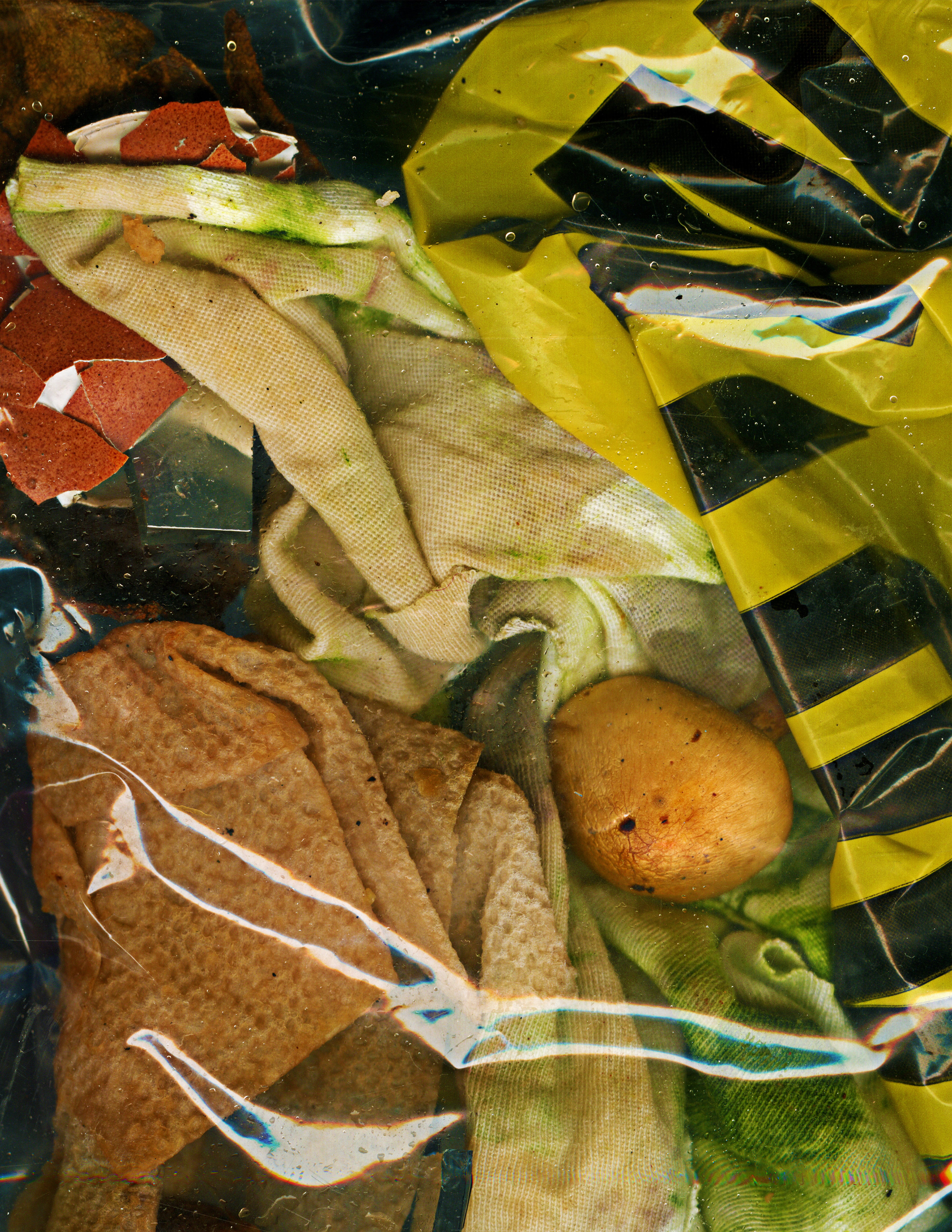
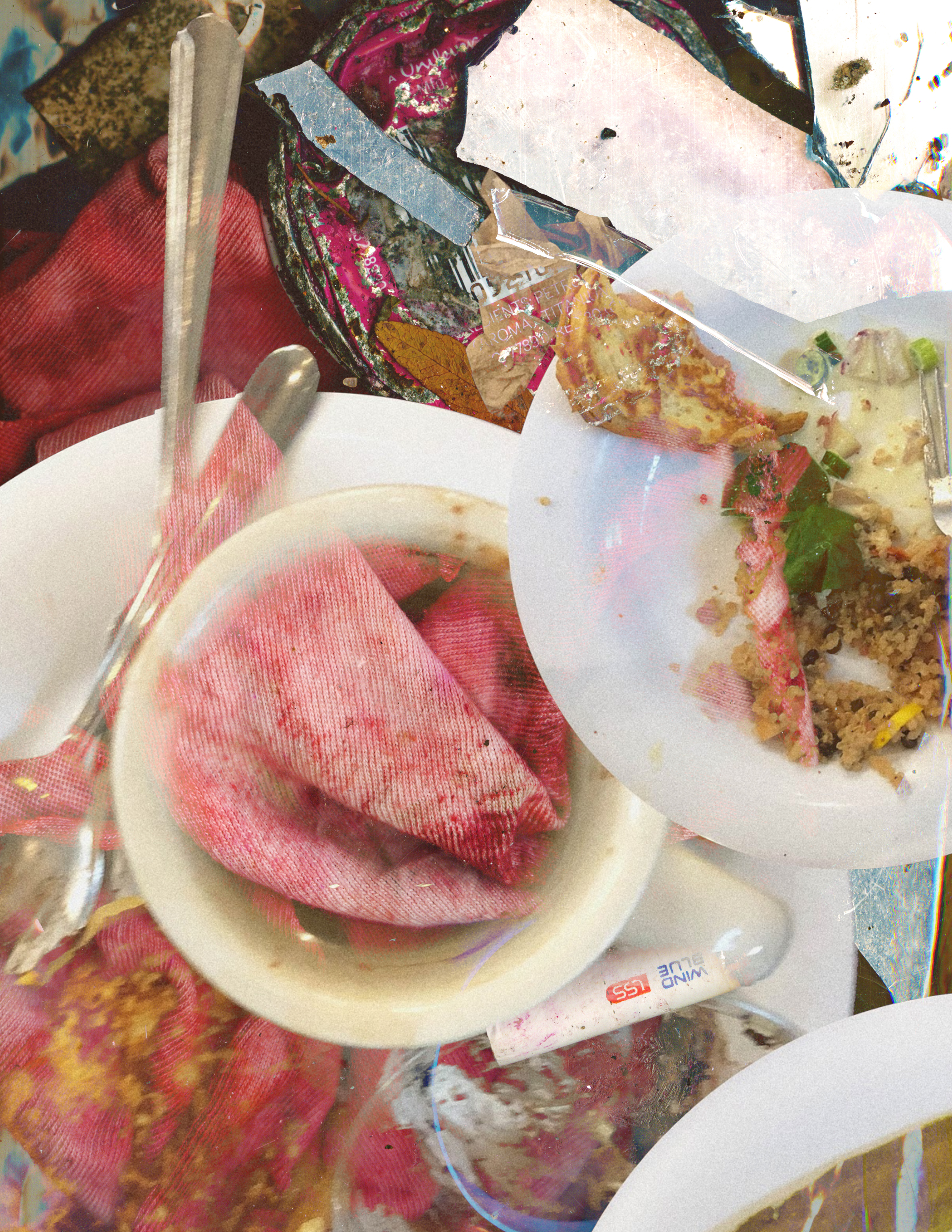
Unit 5: How can we develop methods and strategies to design from and for a multitude of perspectives?
Particularly after unit 4 I was really excited to dive into a unit that relied on personal experience and had a really open method of the creation. For the first part of the assignment the 2 hour time limit forced me to really streamline my workflow and make a lot of work fast. This high volume helped me not pay too much to each individual composition and more how they appear as a whole conceptually and stlistically. Due to the strong drive from the first half of the unit I was prepared to dive deeper in the second half to examine more aspects of my identity. This aspect of identity was the tie that my groups work had with one another, although everyones methods of creation were really different.
Looking back on this assignement I’m really drawn to some of the quick composiontions I made early on, I also think it was really good for me because I did a lot of the collage work out of the computer and a lot of the time that’s not something I get to do. This assignemnt was also the first time I’ve sucessfully used the risograph, I was intereted in the screen print quality of protest art and I think that definately comes through with the vibrant colors.
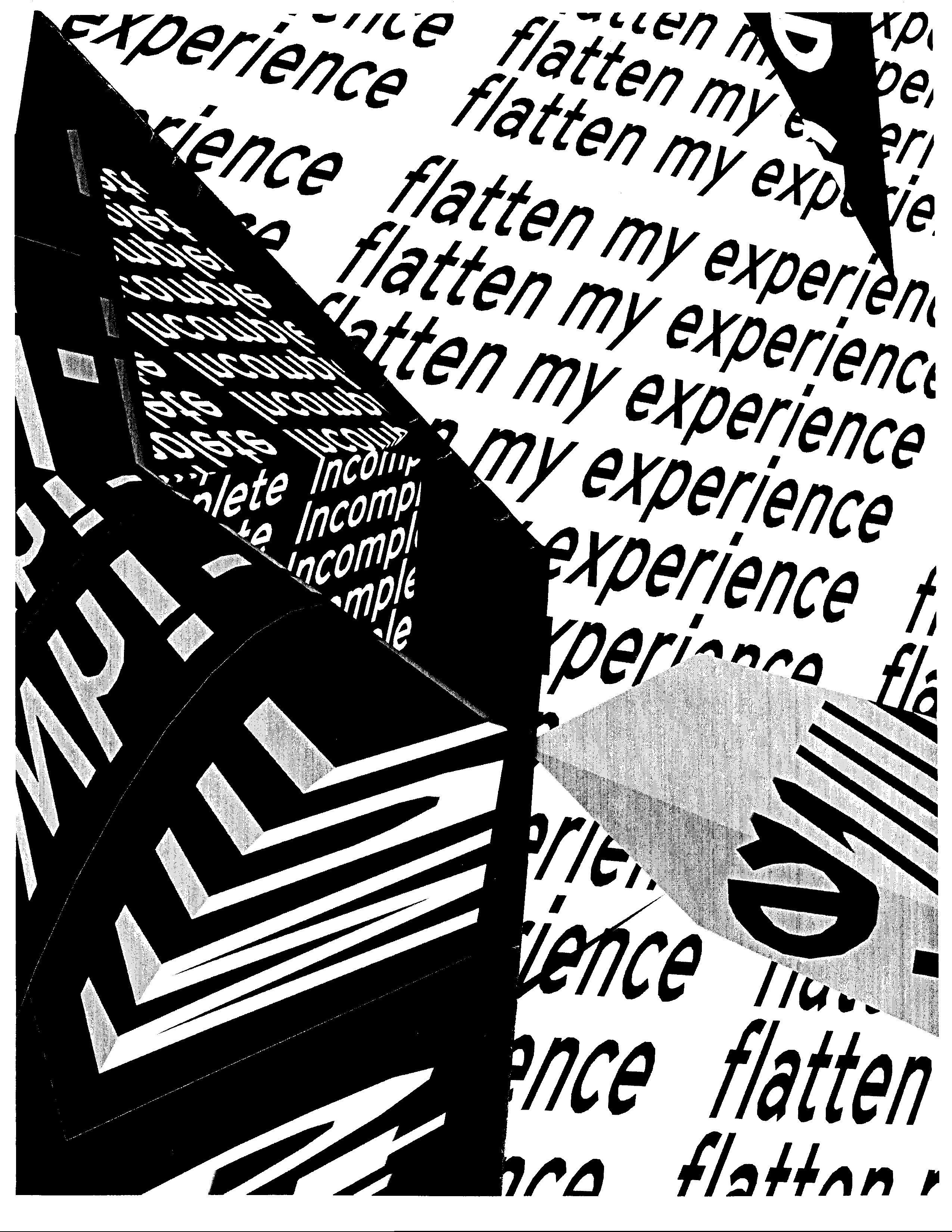
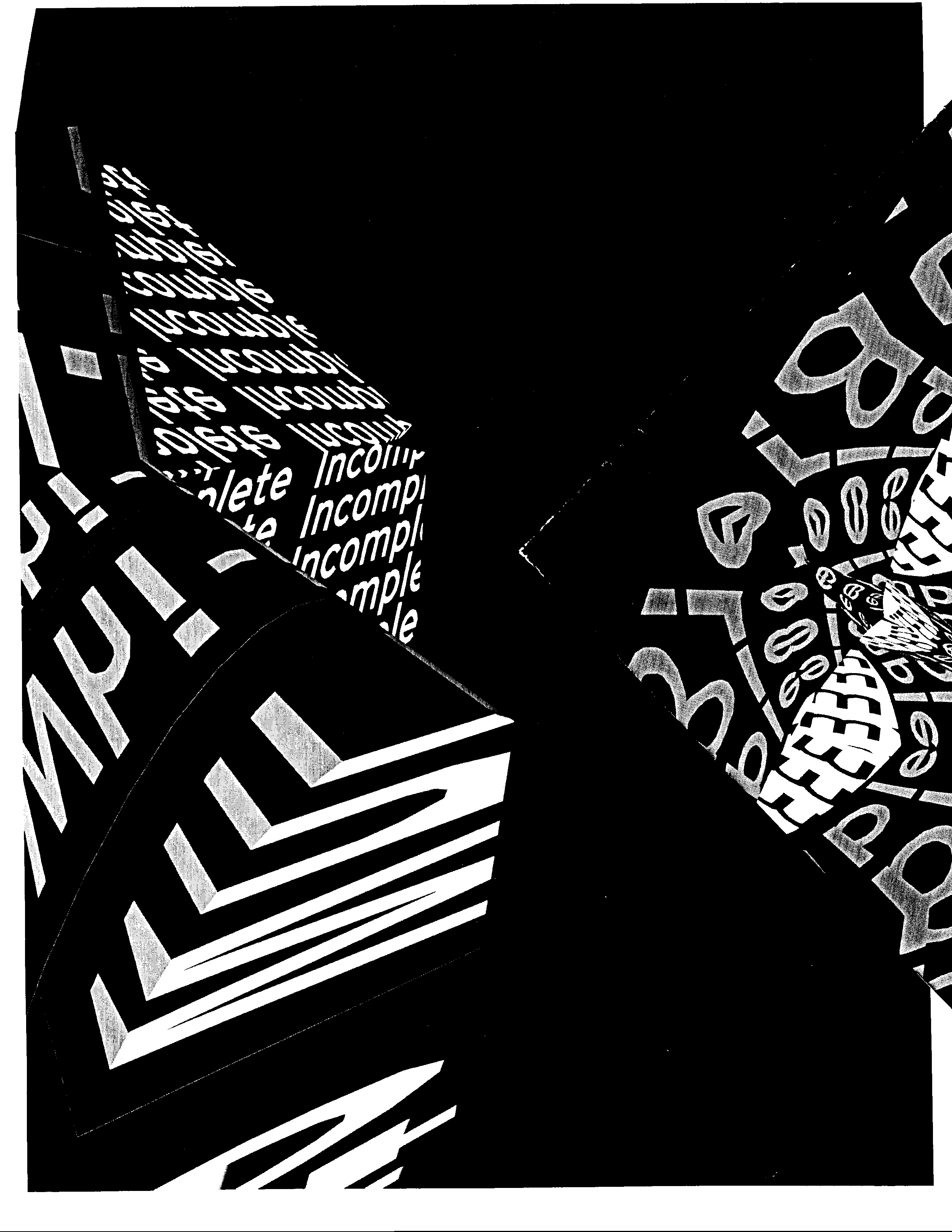
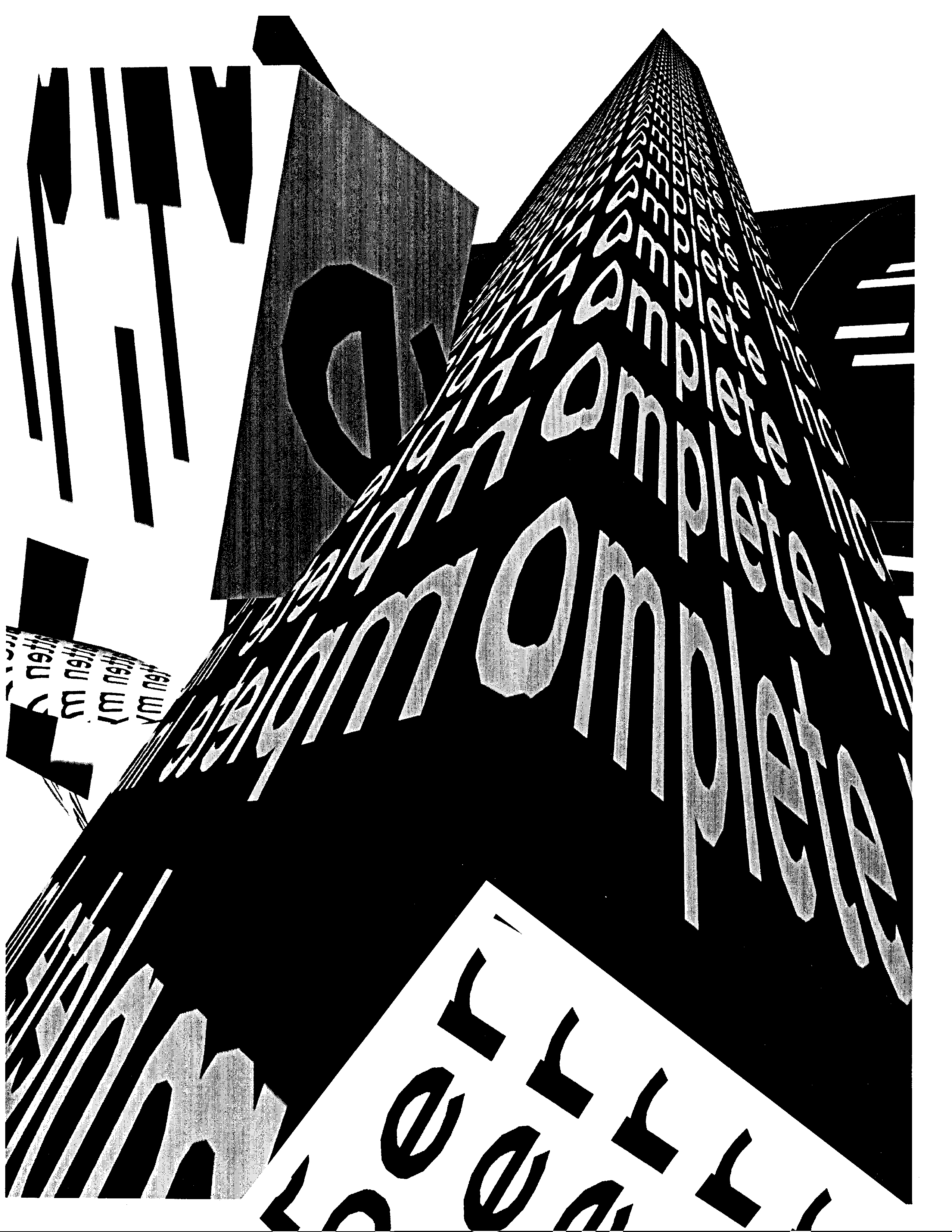

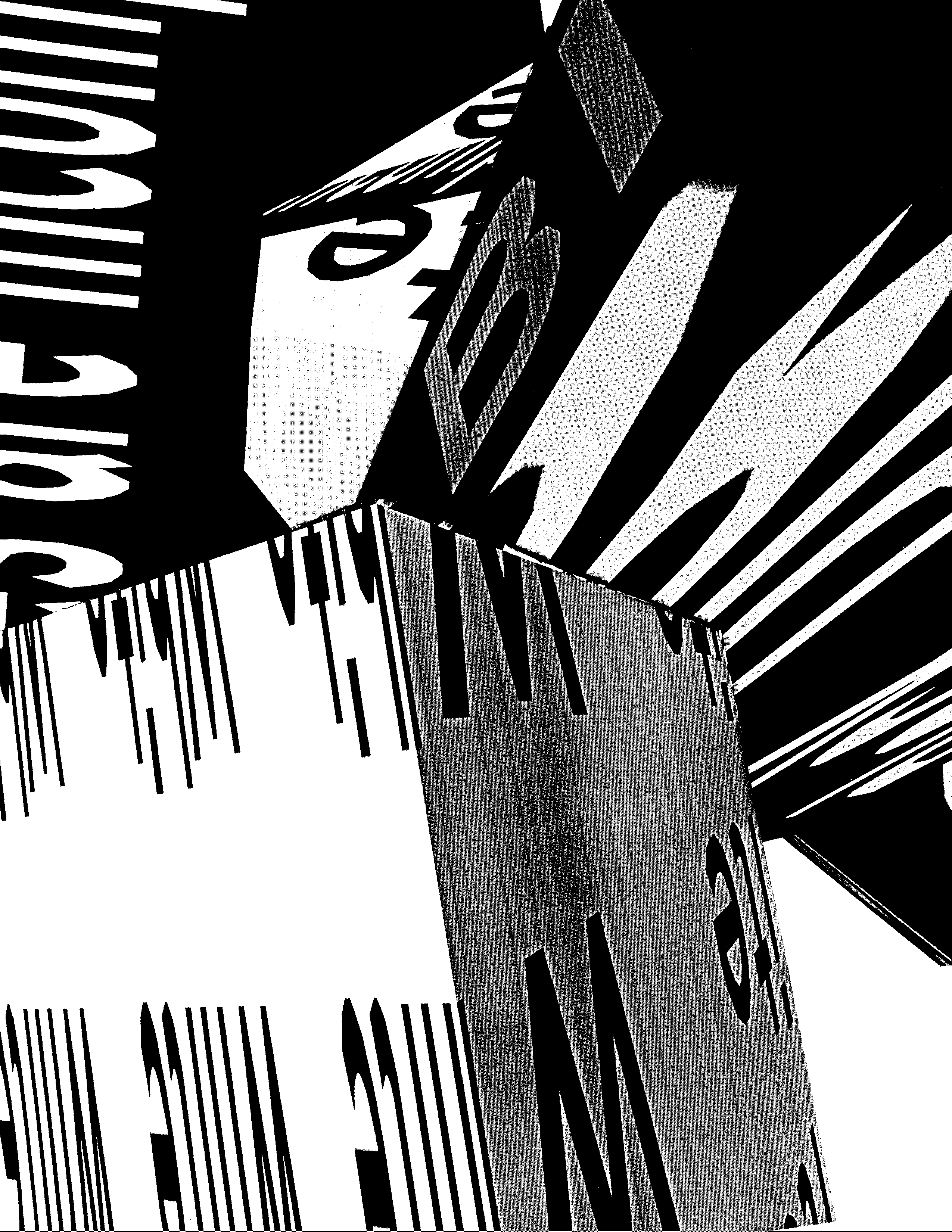
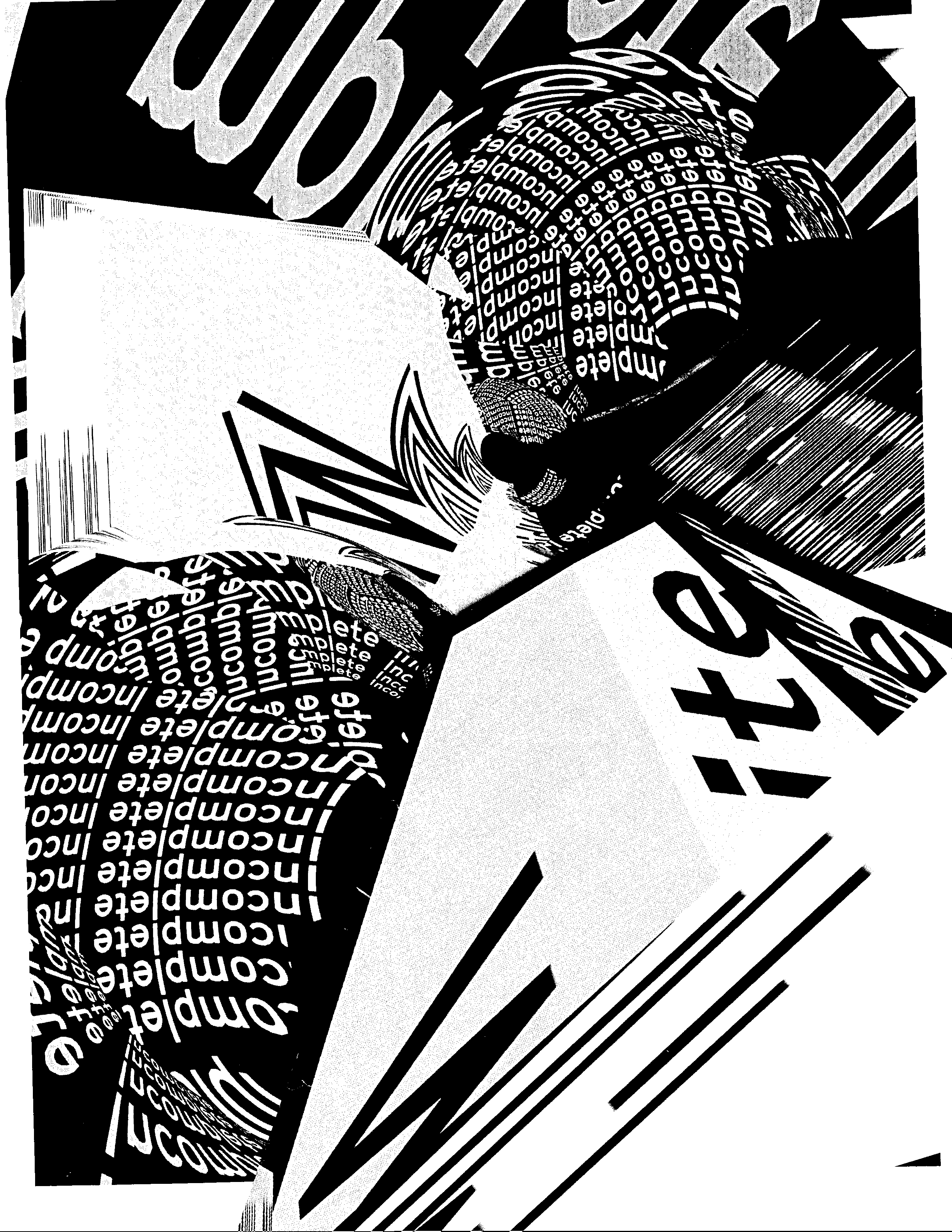
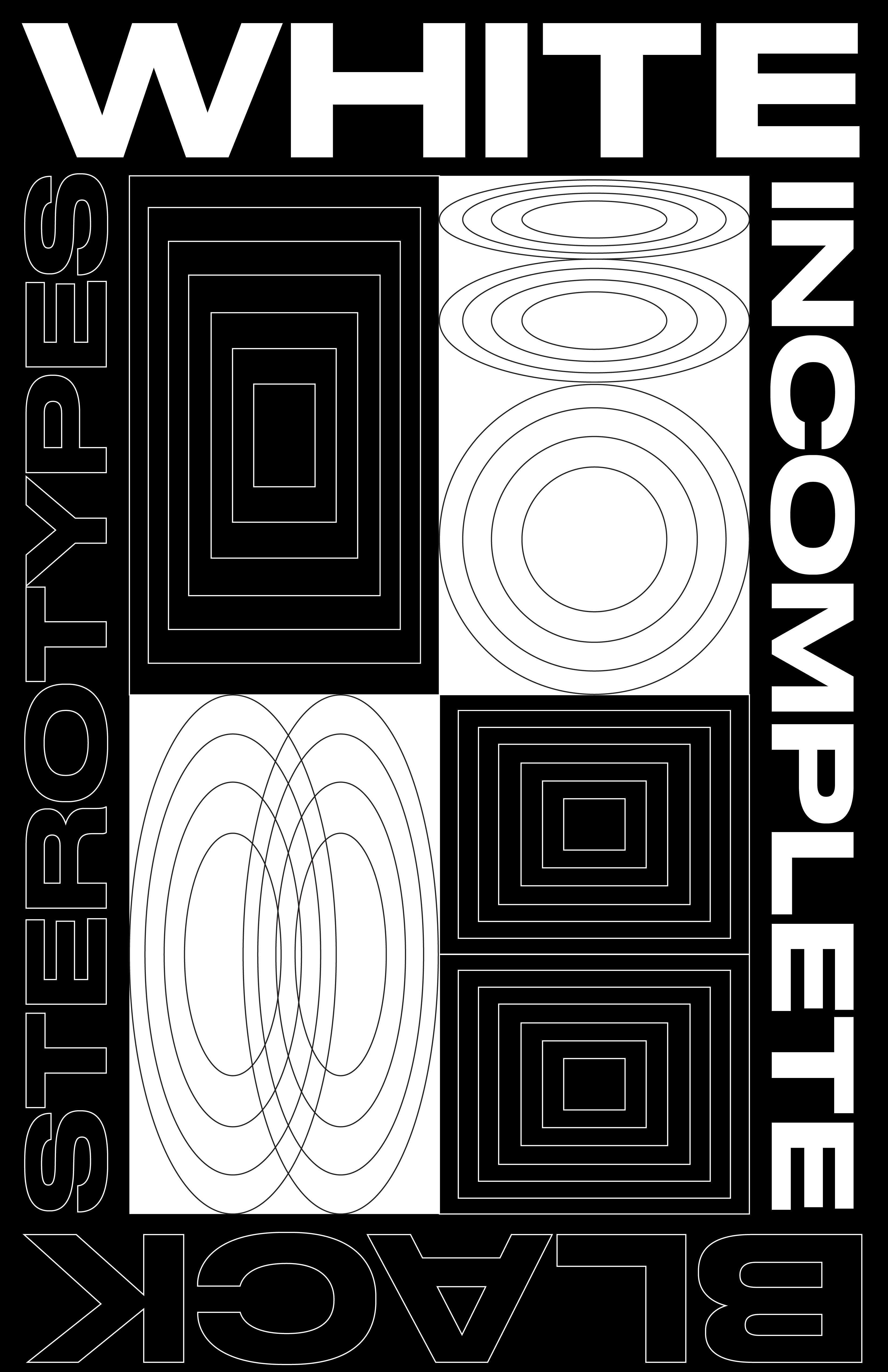
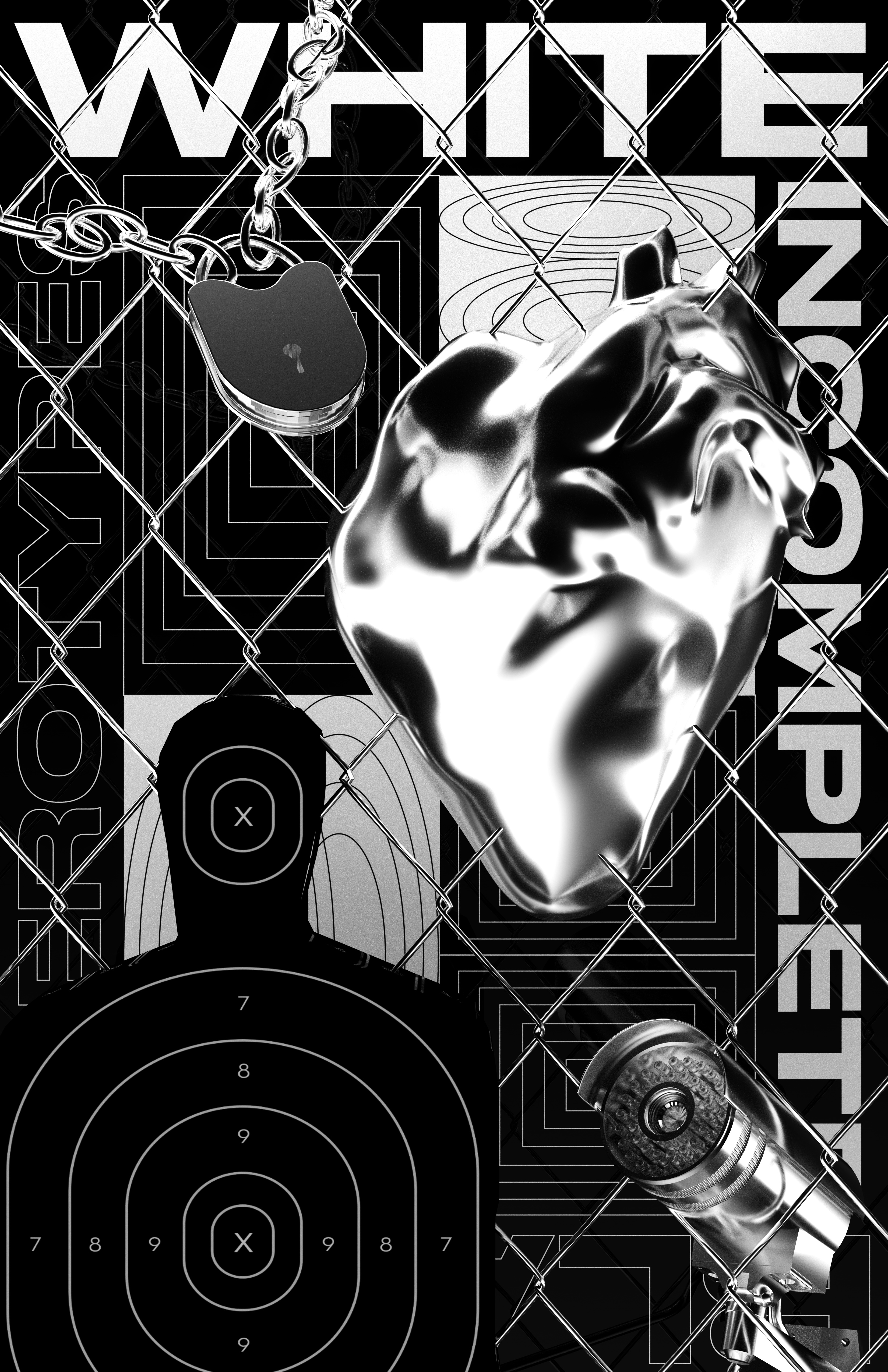

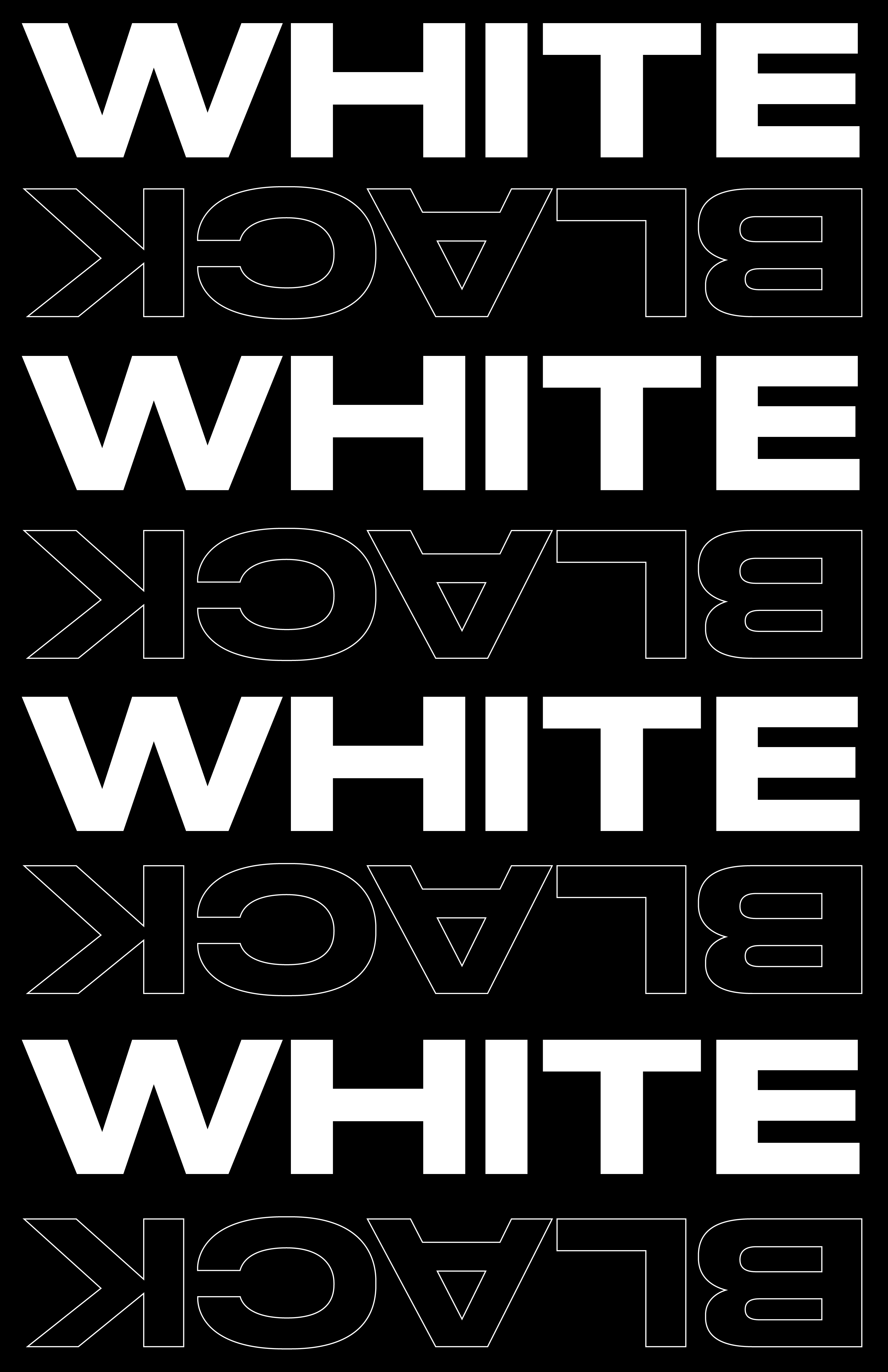



Unit 6: How does time affect one’s understanding of visual information?
For the final movie I did the most ambishous and time consuming thing I’ve done in a while. Lately I’ve been working on my anition skills through a lot of short form projects and posters mostly for instagram but for this assignment I finally got to translate those skills into a long form animation. This is the first time I’ve something quite like this so there was a lot of learning I did along the way and I definately learned a lot for how I would appreaoch making a movie like this the next time I make one. I tried to focus a lot on the structure of information and I did this by grounding the begining and ending in a sort of reality, where it’s almost like life but something’s off. By begining and retuning to this state it shows the completion of the egg’s journey.
After completing this project honestly I think the hardest part was probably all the differnet physics simulations I had to do for the egg interating with various objects throughout the film. I would also say that the besides the color the aspect that I’m most proud of is the camera work, I think I really was able to create a dream like universe and I think it’s because of the really fluid and stange camera.
